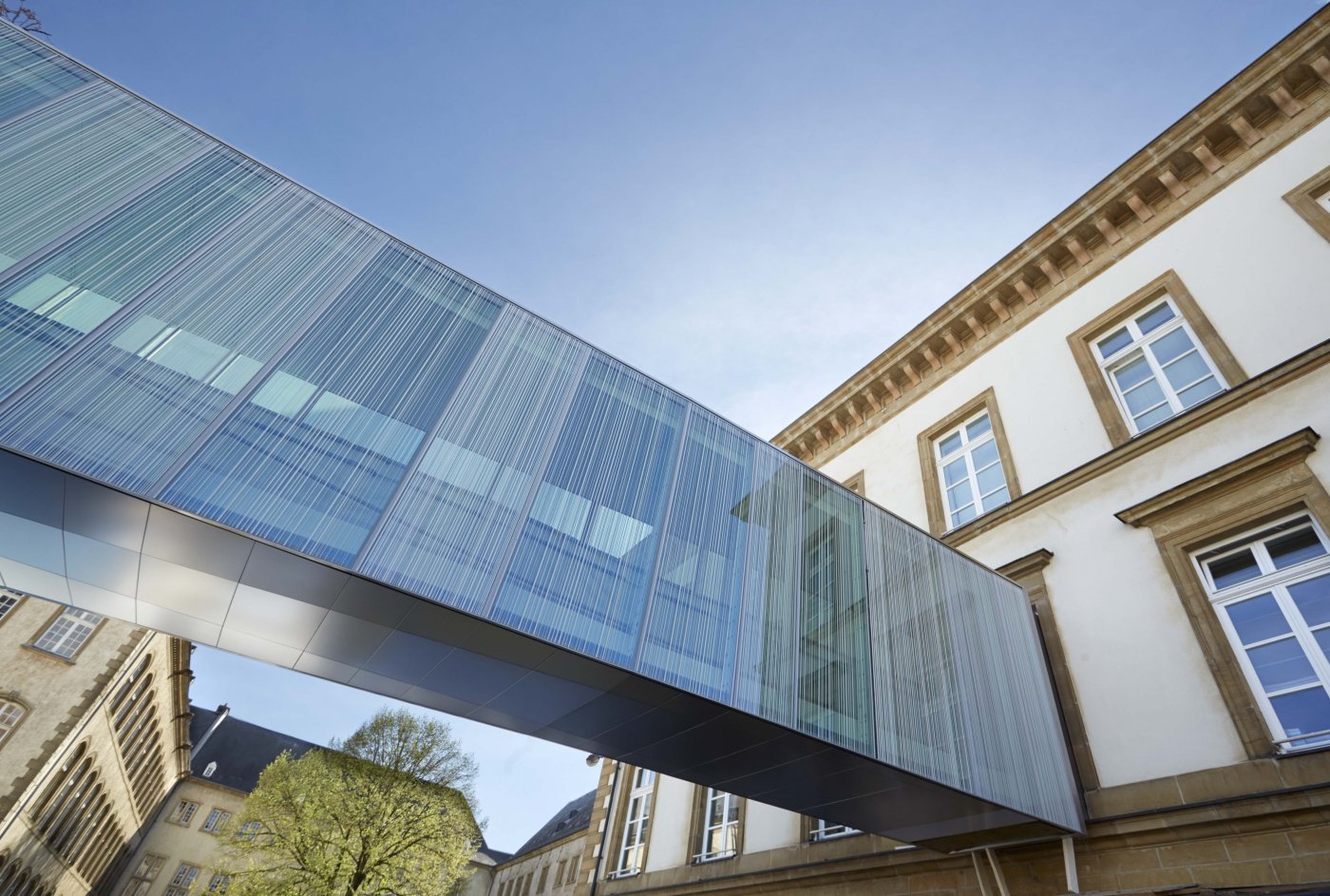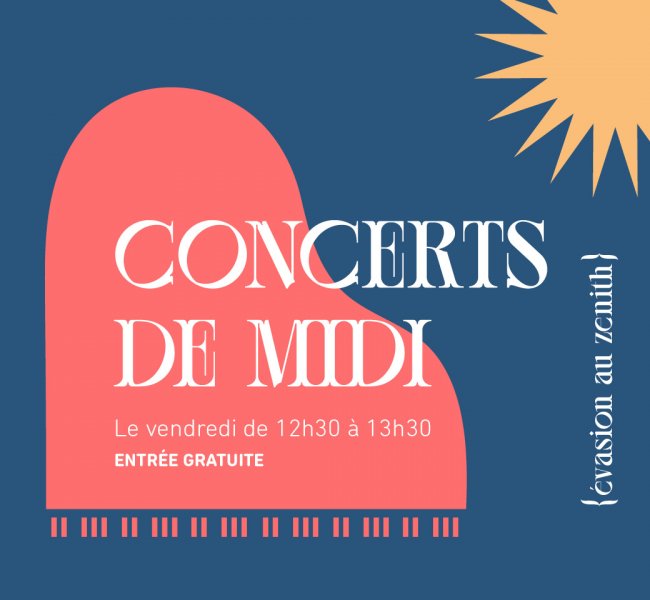Secondary school visit
Question posed by Christa Brömmel
Cycle 4.2 elementary school classes include visits to secondary schools to help pupils prepare for this transition. One visit for a Cycle 4.2 class in Gasperich was organised during school hours at Marie-Consolatrice, a private Catholic high school in Esch-sur-Alzette.
How is such a visit useful?
Was the College of Aldermen aware of this visit and can it approve it?
Why are the relevant classes in Luxembourg City not encouraged to visit one or more schools in the capital?
Response provided by Alderwoman Colette Mart
Elementary school classes in Cycles 4.1 and 4.2 take part in the ORIKA – Eisen éischten Dag am Lycée project, organised by the Ministry of Education, Children and Youth (Ministère de l'Éducation nationale, de l'Enfance et de la Jeunesse). All visits are organised during school hours.
The College of Aldermen is not aware of a supposed visit to the Marie-Consolatrice private Catholic high school in Esch-sur-Alzette. The Cycle 4.2 classes in Gasperich were scheduled to visit Lycée Robert Schuman on 2 March 2022, but due to the pandemic, this visit had to be replaced by a video call, and an additional visit was subsequently organised to École Sainte-Sophie in Luxembourg-Kirchberg. It is therefore possible that there was a misunderstanding.
The EU's mission to create Climate-Neutral and Smart Cities
Question posed by Linda Gaasch
The European Commission recently published the names of the 100 cities in the EU and associated countries that will take part in the EU's mission to create Climate-Neutral and Smart Cities. The aim is for the cities to become climate neutral by 2030.
75% of the EU's population lives in urban areas. Cities consume 65% of all energy used and produce 70% of all CO₂ emissions. The 100 cities selected will be pioneers for the EU's green transition. They will receive tailored advice and assistance, significant financing packages and support in involving citizens in the mission, and they will get to share best practices as part of a network. A total of 377 cities requested to join the initiative. Just one city in Luxembourg was selected to be one of the 100 cities involved: Differdange.
Luxembourg City has been mentioned in the press as having applied for the project unsuccessfully. However, it is not named on the list of candidate cities. Did the City of Luxembourg apply to be involved in this project? If so, is the application documentation available? If not, why did the City not apply? Or why was it not selected? When does the City of Luxembourg, which wants to be a pioneer in the green transition, aim to achieve climate neutrality?
Response provided by Alderman Patrick Goldschmidt
The City decided not to take part in this initiative because it would involve considerable extra work for the relevant municipal department but would not be of any real value for the City. In March 2022, the City adapted the Leitbild roadmap adopted in 2017 in line with the Climate Pact, setting the target of reducing CO₂ emissions by 55% by 2030 and achieving climate neutrality in 2050.
The Environmental Officer's small team is working on 50 wide-ranging projects with a view to meeting these objectives. There is no point in setting objectives so ambitious that no city will realistically be able to meet them. The subsidies granted to participating cities were not a factor in the City of Luxembourg's decision on whether or not to take part. The only real added value would be forming relationships with other cities, but that can be accomplished without signing on to the initiative.












